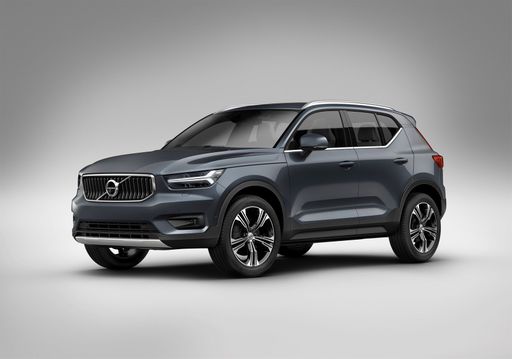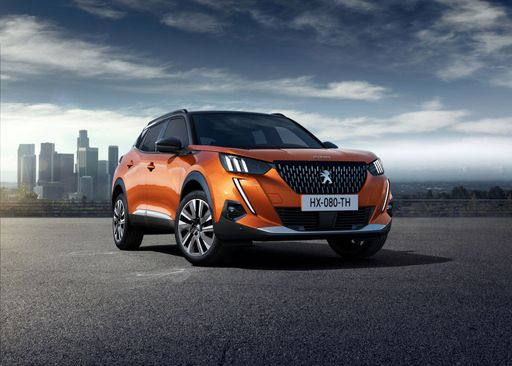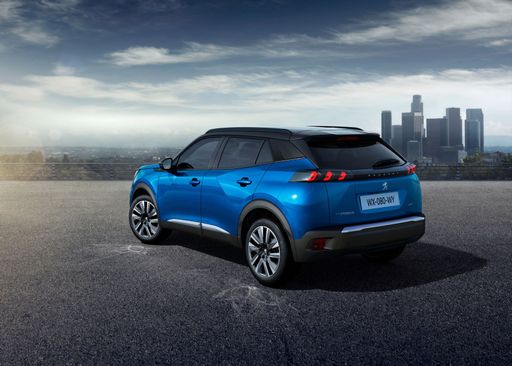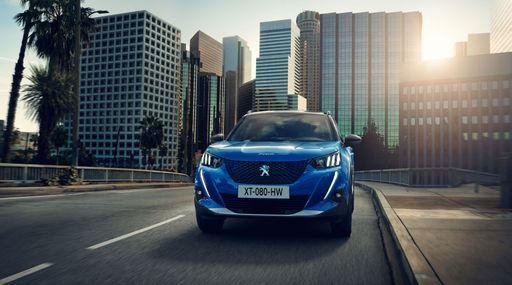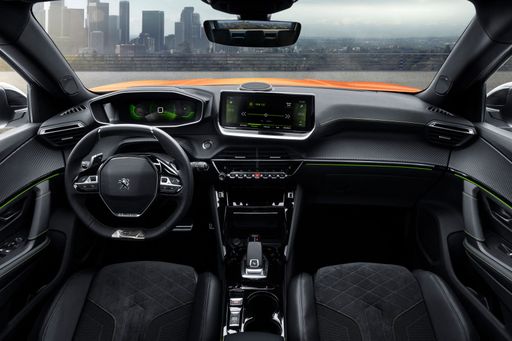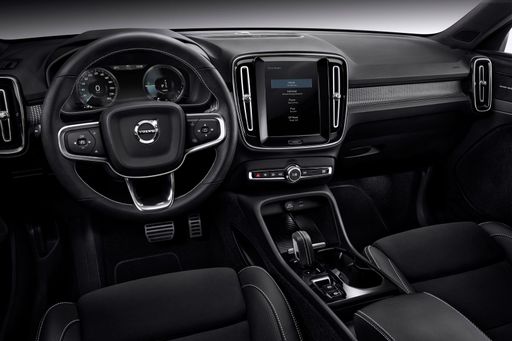Introduction: A Clash of Compact SUVs
In the ever-expanding realm of compact SUVs, the competition is fierce. Two remarkable contenders are the Peugeot 2008 and the Volvo XC40, each of which brings unique features, distinct engineering, and fresh innovations to the table. This article takes a closer look at how these two vehicles stack up against each other in terms of performance, comfort, and technology.

